Narendra Modi expected to defeat INDIA in 2024
- Update Time : Sunday, August 27, 2023

In the lead-up to the 2024 Indian elections, there is speculation about the trajectory of Prime Minister Narendra Modi’s reign. While concerns over high inflation and unemployment have led to growing dissatisfaction with the Bharatiya Janata Party (BJP) government under his leadership, Modi’s personal popularity is expected to propel him to secure a third term. This projection is in contrast to the aspirations of the newly formed opposition alliance consisting of 26 parties known as ‘INDIA’.
The “Mood of the Nation” survey conducted by India Today magazine on August 25 highlights key insights. Despite a noticeable rise in the popularity of Rahul Gandhi, the prominent opposition leader, and the emergence of the ‘INDIA’ alliance, the survey forecasts Modi’s continued dominance. The survey indicates that Modi enjoys a significant 36-point lead over Rahul Gandhi as the preferred candidate for the role of India’s next prime minister.
If elections were held today, the BJP is projected to secure 287 out of the 542 seats in the lower house of parliament. It’s important to note that this estimation might fluctuate given that the elections are scheduled for May 2024, nearly nine months from now.
While the national elections are slated for May 2024, a series of state polls are expected to take place prior to that date.
Modi’s ascent to power in 2014 was marked by promises of change and prosperity, and his subsequent tenure has seen a consolidation of power through measures aimed at enhancing welfare, infrastructure, and the assertion of Hindu nationalism.
Critics, however, contend that the government has effectively silenced opposing narratives by dominating mainstream media, television news, and social media platforms. This influence is perceived as a formidable factor bolstering the BJP’s standing. The ruling party’s adept utilization of media and social media contrasts starkly with the neglect this domain has received from many other South Asian governments, including Bangladesh’s Awami League government.
Despite India’s position as the world’s fastest-growing major economy, concerns linger over stubborn retail inflation, which surged to a 15-month high of 7.44 percent in July. The rise was propelled by soaring food prices, which escalated to 11.5 percent, the highest rate seen in over three and a half years.
Concurrently, an unemployment rate hovering around 8 percent presents a significant challenge. Experts suggest that India needs to generate 70 million new jobs within the next decade; however, it’s projected that only 24 million jobs can be feasibly created within that timeframe. This discrepancy implies the possibility of an unemployment figure exceeding 45 million, a substantial concern for a nation aspiring to global economic prominence.
Such widespread unemployment could contribute to a cascade of social issues.
The India Today survey, conducted biannually, reveals a shift in public sentiment. Among the over 160,000 respondents polled between July 15 and August 14, 59 percent expressed satisfaction with Modi’s government, a drop from 67 percent in the preceding January survey. Similarly, approval of Modi’s performance as prime minister slipped to 63 percent from 72 percent in January. Conversely, dissatisfaction grew to 22 percent, compared to 16 percent in January 2023.
Yashwant Deshmukh, a psephologist from C-Voter agency, which executed the India Today poll, notes the correlation between rising inflation and dissatisfaction levels. He characterizes the figures as notable given Modi’s enduring popularity after nearly a decade in power. Deshmukh observes that voters continue to trust Modi’s efforts despite the presence of unfavorable news.
Rahul Gandhi, leader of the Congress party, garners attention in the survey. His approval rating reached a four-year high with 32 percent indicating him as best-suited to reinvigorate his party. Additionally, the survey suggests that Gandhi is the most suitable opposition leader to assume the role of prime minister, with 24 percent supporting this notion. This marks an increase from 13 percent in January, when he held the third spot in this regard. Gandhi’s resurgence follows his five-month-long “unify India march” across the nation, initiated in September of the previous year.
The ‘INDIA’ alliance, spearheaded by the Congress party, encompasses influential regional parties with substantial footholds in the southern and eastern regions of the country. These areas represent strongholds where the BJP faces relative weakness.





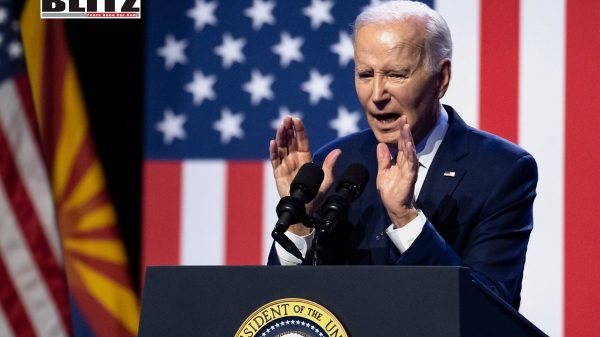

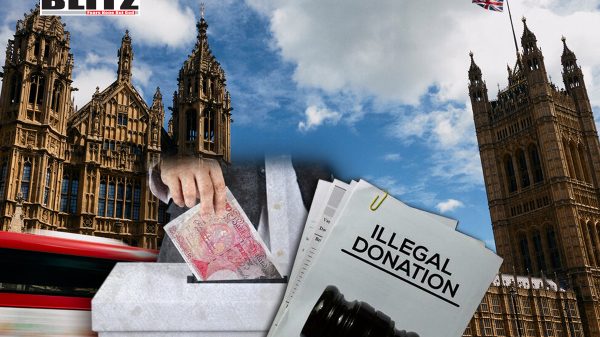
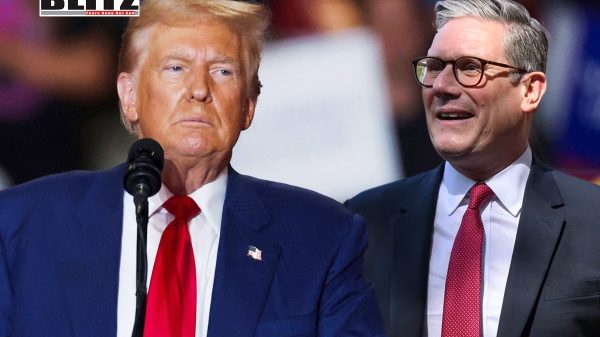
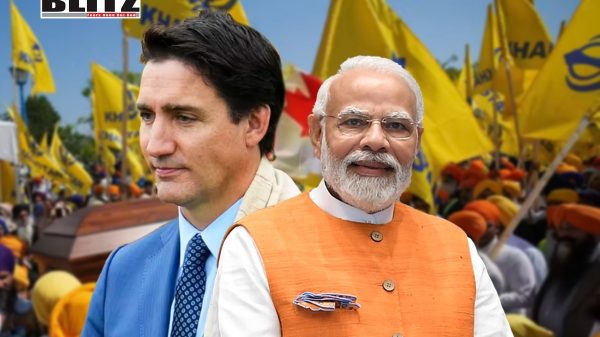
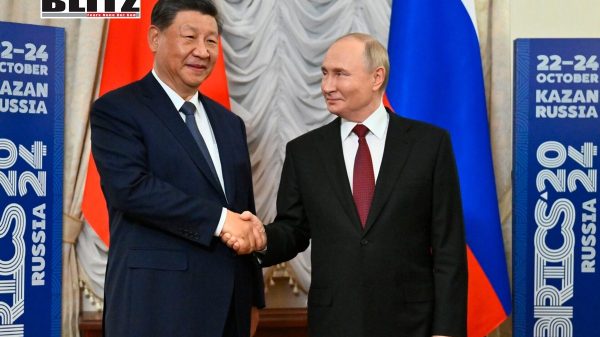
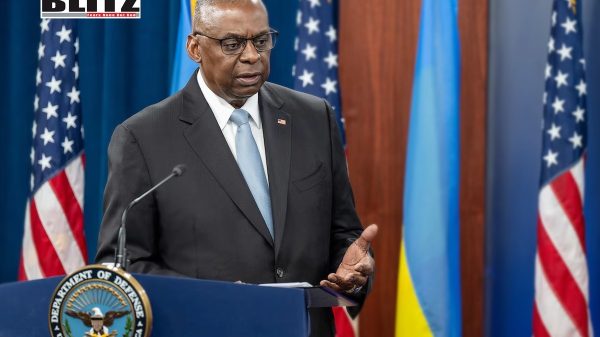

Leave a Reply